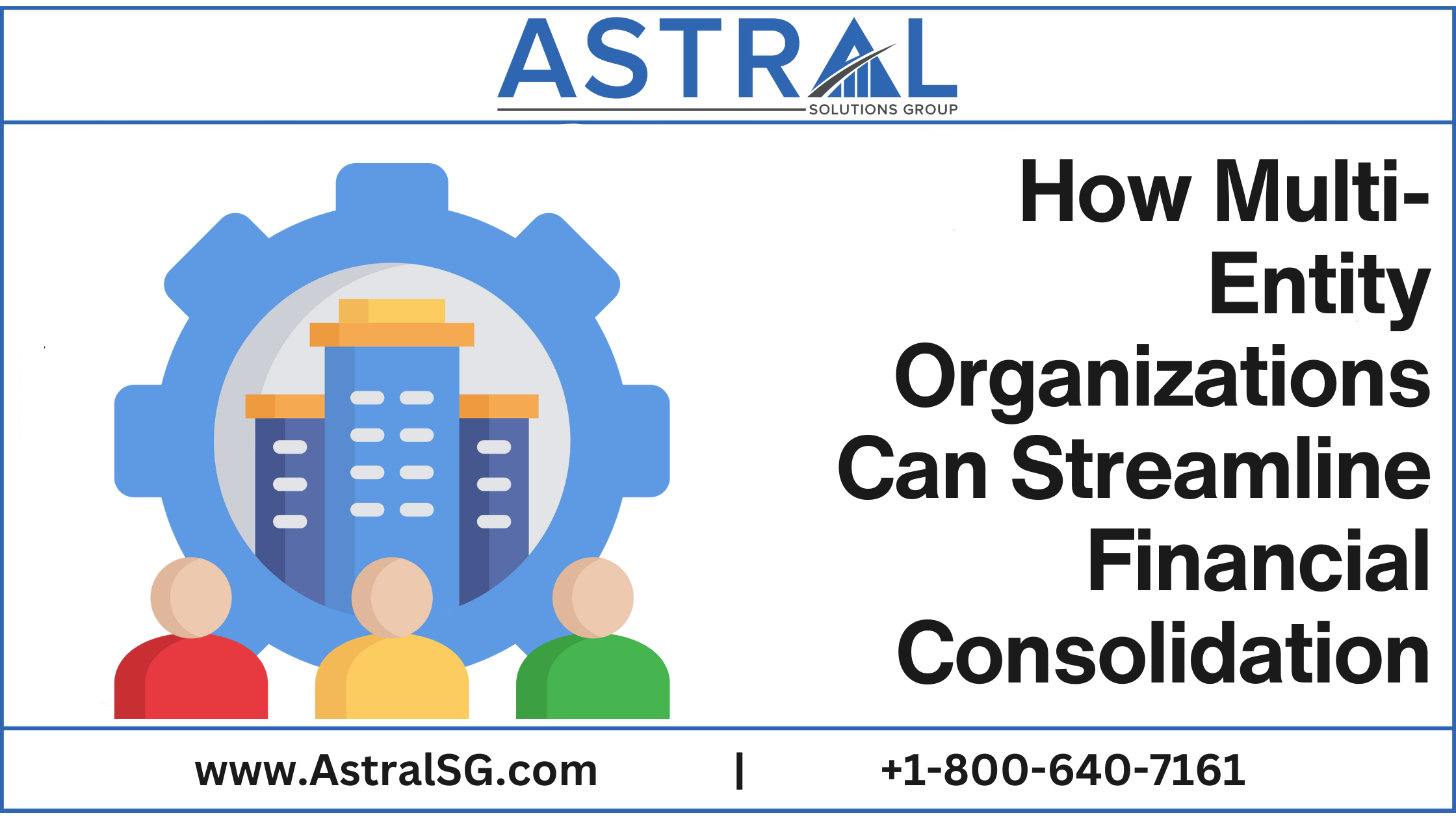
How Multi-Entity Organizations Can Streamline Financial Consolidation
Financial consolidation is one of the most complex and critical tasks for multi-entity organizations—those operating across subsidiaries, regions, or business units. Coordinating financial data from diverse systems, currencies, regulations, and accounting standards can be time-consuming and error-prone. However, with the right strategies and tools, organizations can streamline this process and gain faster, more accurate insights.
The Challenge of Multi-Entity Consolidation
Multi-entity organizations face a unique set of challenges:
- Different accounting systems and charts of accounts
- Multiple currencies and tax jurisdictions
- Varied reporting timelines
- Intercompany transactions and eliminations
- Regulatory and compliance differences across geographies
These complexities can lead to delayed closings, reporting errors, and compliance risks without a streamlined process.
Strategies to Streamline Financial Consolidation
1. Adopt a Centralized Financial Management System:
Implementing a unified financial platform across entities reduces discrepancies and ensures consistency. A centralized system supports:
- Real-time data access
- Unified reporting formats
- Standardized financial policies
Cloud-based systems are often ideal for this, offering built-in multi-entity consolidation features.
2. Automate Intercompany Eliminations:
Manually reconciling intercompany transactions is time-consuming and prone to human error. Automation tools can:
- Identify matching transactions between entities
- Flag discrepancies for review
- Apply eliminations automatically during consolidation
This ensures clean, accurate consolidated financials without a manual headache.
3. Standardize Charts of Accounts and Reporting Structures:
Harmonizing the chart of accounts across all entities simplifies data consolidation and reporting. This involves:
- Mapping local accounts to a global structure
- Using consistent account naming and numbering
- Establishing group-wide financial KPIs
Standardization leads to greater comparability and transparency across the organization.
4. Integrate Currency Conversion and Tax Compliance:
Multi-currency operations require automated currency conversion based on accurate and timely exchange rates. The system should also:
- Support local tax regulations
- Automate VAT/GST/HST reporting
- Enable consolidated tax filing where applicable
This eliminates the risk of manual currency miscalculations and ensures regulatory compliance.
5. Implement Robust Data Governance:
Reliable consolidation starts with high-quality data. Implement data governance protocols to:
- Enforce data entry standards
- Track data lineage
- Control access and maintain audit trails
Good governance ensures consistency, reduces errors, and supports compliance across all financial processes.
6. Close Faster with Workflow Automation:
Workflow automation accelerates the month-end and year-end close processes. With predefined task lists, approval flows, and real-time tracking, teams can:
- Avoid bottlenecks
- Collaborate more efficiently across locations
- Reduce time to close and report
Faster closes lead to more timely insights for better decision-making.
Final Thoughts:
Streamlining financial consolidation in a multi-entity environment doesn’t happen overnight. It requires combining technology, process optimization, and strong data governance. Organizations can achieve faster, more accurate consolidations by automating repetitive tasks, standardizing processes, and investing in the right systems, fueling more innovative strategies and stronger financial performance.




